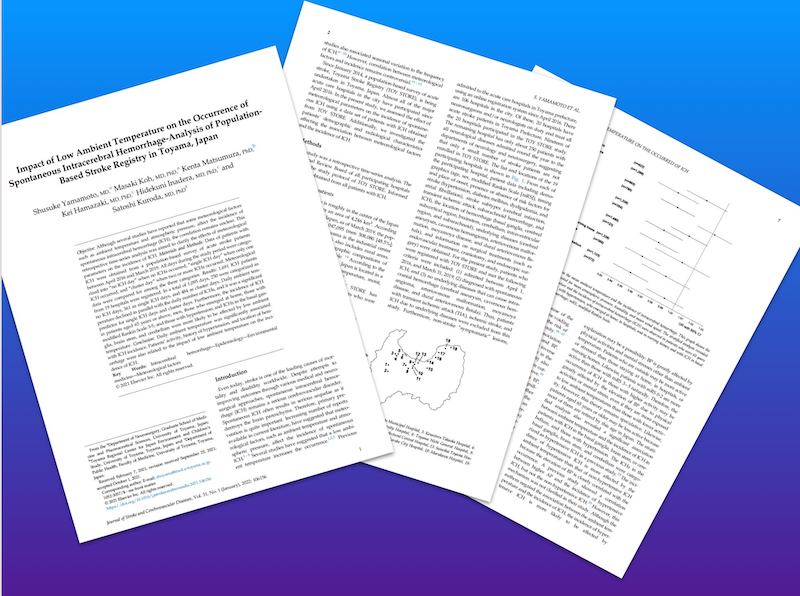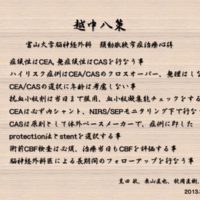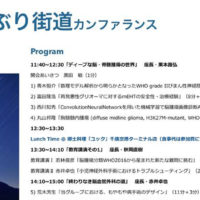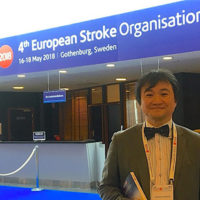
当科では、2014年から富山県内の全ての脳卒中の患者さんを網羅するデータベースを構築しています。当初からTOY STORE (Toyama Stroke Registry)と命名して活動しており、これまでに1万人以上の患者さんのデータが蓄積しています。現在このTOY STOREは、富山県庁、富山県医師会、富山市医師会などからもご支援いただき、公的事業として定着しています。
今回、当科の大学院生・山本修輔先生がこのデータベースに登録された1,691例の脳出血の患者さんのデータをもとに、富山県内で気温が低い日に脳出血が発症しやすいこと、特に65歳以上の患者、男性、自宅内で発症した患者、もともと障害を有していた患者、高血圧を有していた患者、大脳基底核・脳幹・小脳に出血した患者で、その傾向が強いことを初めて見出しました。
この種の研究は大変地味なもので、卓越した腕前を持つ脳神経外科医を目指す若者たちにとっては敬遠されやすい研究ですが、地道にデータを解析して分かりやすくまとめてくれた山本先生は、外科医としてだけではなく、神経科学者として、また一歩成長してくれたと思います。
Boys and girls, be ambitious!
A Voyage to Depth of Neuroscience Vol. 81
Yamamoto S, Koh M, Matsumura K, Hamazaki K, Inadera H, Kuroda S.
J Stroke Cerebrovasc Dis. 2021 Oct 28;31(1):106156. Online ahead of print.
Impact of Low Ambient Temperature on the Occurrence of Spontaneous Intracerebral Hemorrhage-Analysis of Population-Based Stroke Registry in Toyama, Japan
Abstract
Objective: Although several studies have reported that some meteorological factors such as ambient temperature and atmospheric pressure, affect the incidence of spontaneous intracerebral hemorrhage (ICH), the correlation remains unclear. This retrospective time-series analysis was aimed to clarify the effects of meteorological parameters on the incidence of ICH.
Materials and methods: Data of patients with ICH were obtained from a population-based survey of acute stroke patients between April 2016 and March 2019. All days during the study period were categorized into “no ICH day” when no ICHs occurred, “single ICH day” when only one ICH occurred, and “cluster day” when two or more ICHs occurred. Meteorological data were compared for among the three categories.
Results: 1,691 ICH patients from 19 hospitals were registered. In a total of 1,095 days, 250 were categorized as no ICH days, 361 as single ICH days, and 484 as cluster days. Daily ambient temperature declined in parallel with the daily number of ICHs, and it was a significant predictor for single ICH days and cluster days. Furthermore, the incidence of ICH in patients aged 65 years or above, men, those who emerged at home, those with modified Rankin Scale 3-5; and those with hypertension; and ICHs in the basal ganglia, brain stem, and cerebellum were more likely to be affected by low ambient temperature.
Conclusion: Daily ambient temperature was significantly associated with ICH incidence. Patients’ activity, history of hypertension, and location of hemorrhage were also related to the impact of low ambient temperature on the incidence of ICH.









